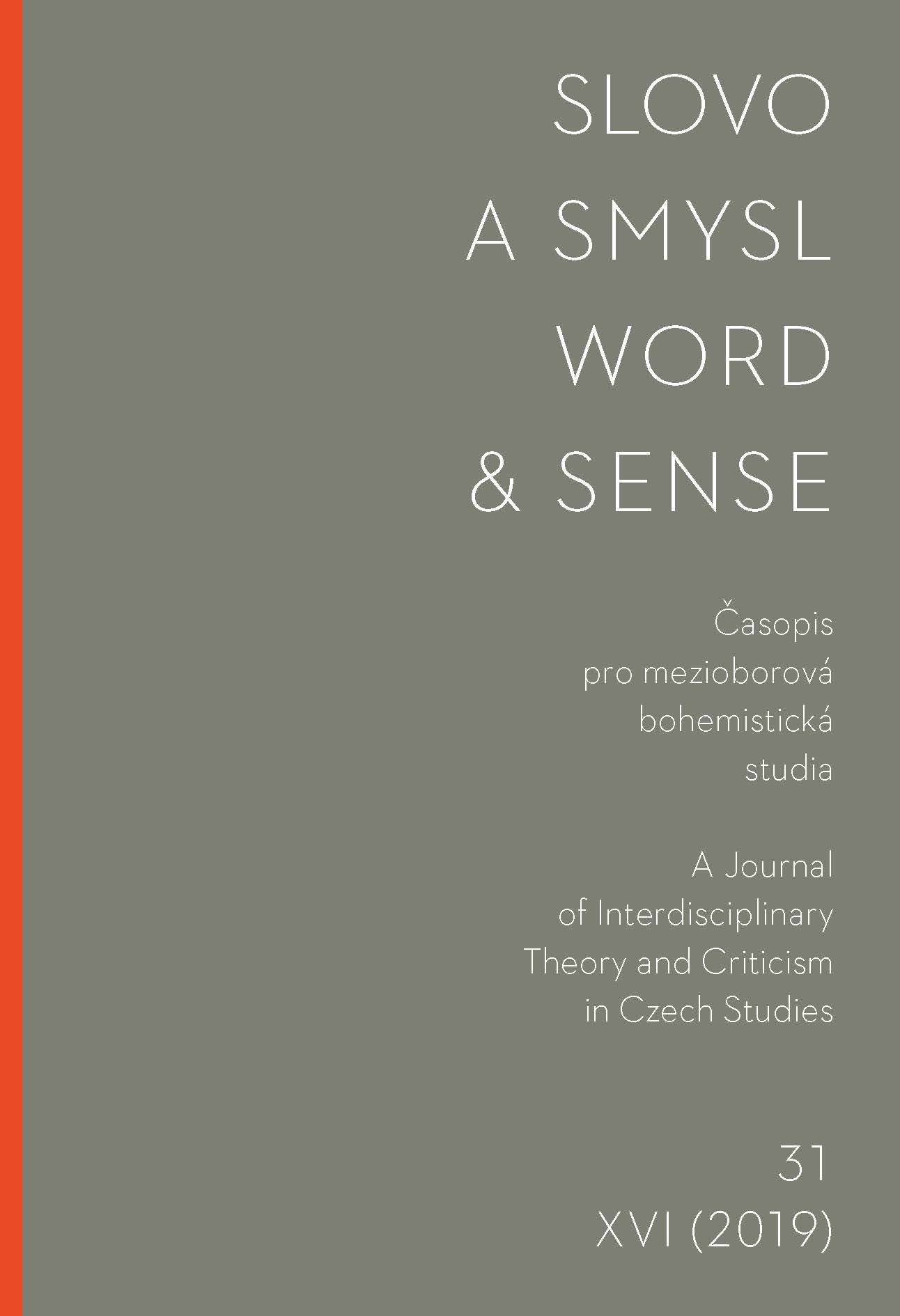Duch Havlíčkův a jiné problémy. O vydávání klasického autora
The Ghost of Havlíček and Other Problems: On the Publication of a Classical Author
Author(s): Václav VaněkSubject(s): Language and Literature Studies, Czech Literature
Published by: Univerzita Karlova v Praze - Filozofická fakulta, Vydavatelství
Keywords: Karel Havlíček Borovský; textology; editorial practice; fragments; variants; censorship; taboo;
Summary/Abstract: Since his death, Karel Havlíček Borovský (1821–1856) has been seen by the Czech public as a ‘nationalmartyr’ (a view not entirely upheld by historical facts), as well as a symbol of courage, defiance andforthrightness. Similar qualities have been attributed to his fiction, a vivid and humorous reflectionof the state of affairs in the culture and politics of his time. However, Havlíček’s poems and epigramswere created in the trying circumstances of Metternich’s Austria, during the revolutionary years of1848 and 1849 and subsequent years of social depression. Throughout this period his publishing possibilities were limited to the demands of censorship, at risk of losing his literary existence. He wrotehis best-known poems while detained in Brixen, with no hope of publication. During his lifetime hewas unable to publish a single book of his own fiction, and for years after his death his works wereknown primarily through unauthorized copies. The first posthumous comprehensive editions of hiswritings (esp. Zelený 1870, Tůma 1886, Quis 1889 and 1906) were similarly limited by the politicalconditions of the Austro-Hungarian monarchy. At the same time, however, they aimed at presentingan idealized image of the national poet by modifying and redacting the original texts. This study follows the situation outlined here from a textological perspective. In the first part, it notes the uncertain boundaries of Havlíček’s works in terms of textual units, author attribution and delimitation ofgenre. In the second part, it presents examples of censorship and self-censorship. In the third part,it deals with changes to Havlíček’s texts after the author’s death, mainly due to inaccurate copies andeditorial interventions (e.g. the removal and concealment of taboo words). It is this aspect of publishing practice in the second half of the 19th century that results in a particularly problematic, flatand banal image of Havlíček’s work. The study is accompanied by analysis of several specific textualproblems that remain unresolved.
Journal: Slovo a smysl
- Issue Year: 16/2019
- Issue No: 31
- Page Range: 71-100
- Page Count: 30
- Language: Czech

